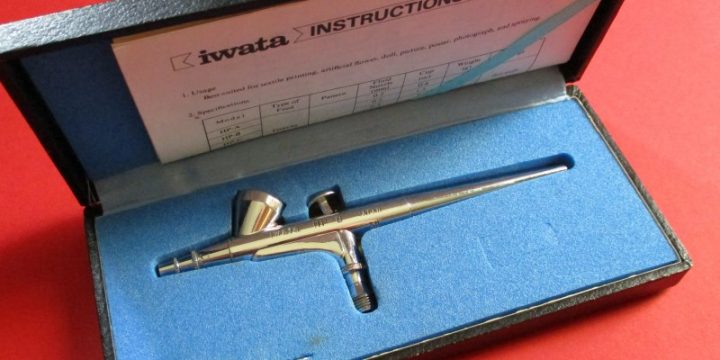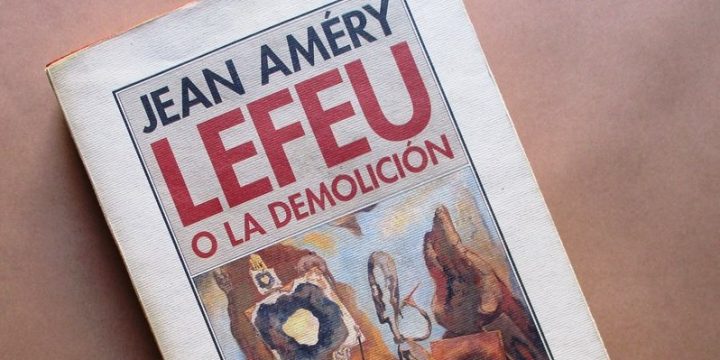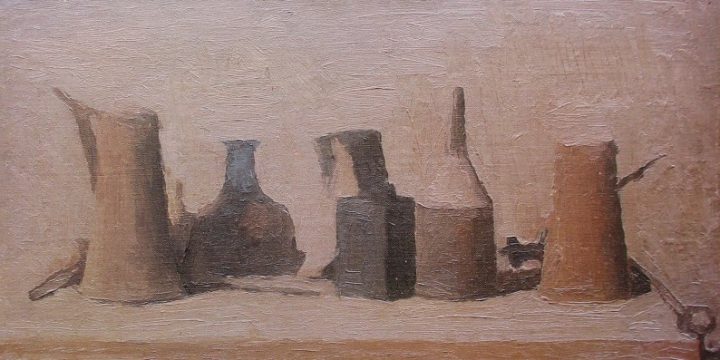
My airbrush
The US inventor Charles L. Burdick patented the first airbrush in 1893; from that moment on, there has been a love-hate relationship between this tool and the Fine Arts. Some artists rejected using it claiming it was artificial and mechanical while some other enthusiastically welcomed that new device arguing it showed so many possibilities (making realistic, nearly photographic, works was one of those wonderful possibilities). Undoubtedly, some hyper-realistic painters like Audrey Flack, Ralph Goings or Ben Schonzeit have contributed to make this tool so popular. For those artists, the airbrush is a working item and furthermore, one of their ‘distinguishing features’. My very first airbrush was a Holbein Neo-Hohmi. It was a high quality tool but something in its design seemed wrong to me, the side ‘suction-feed’ or siphon tank…


